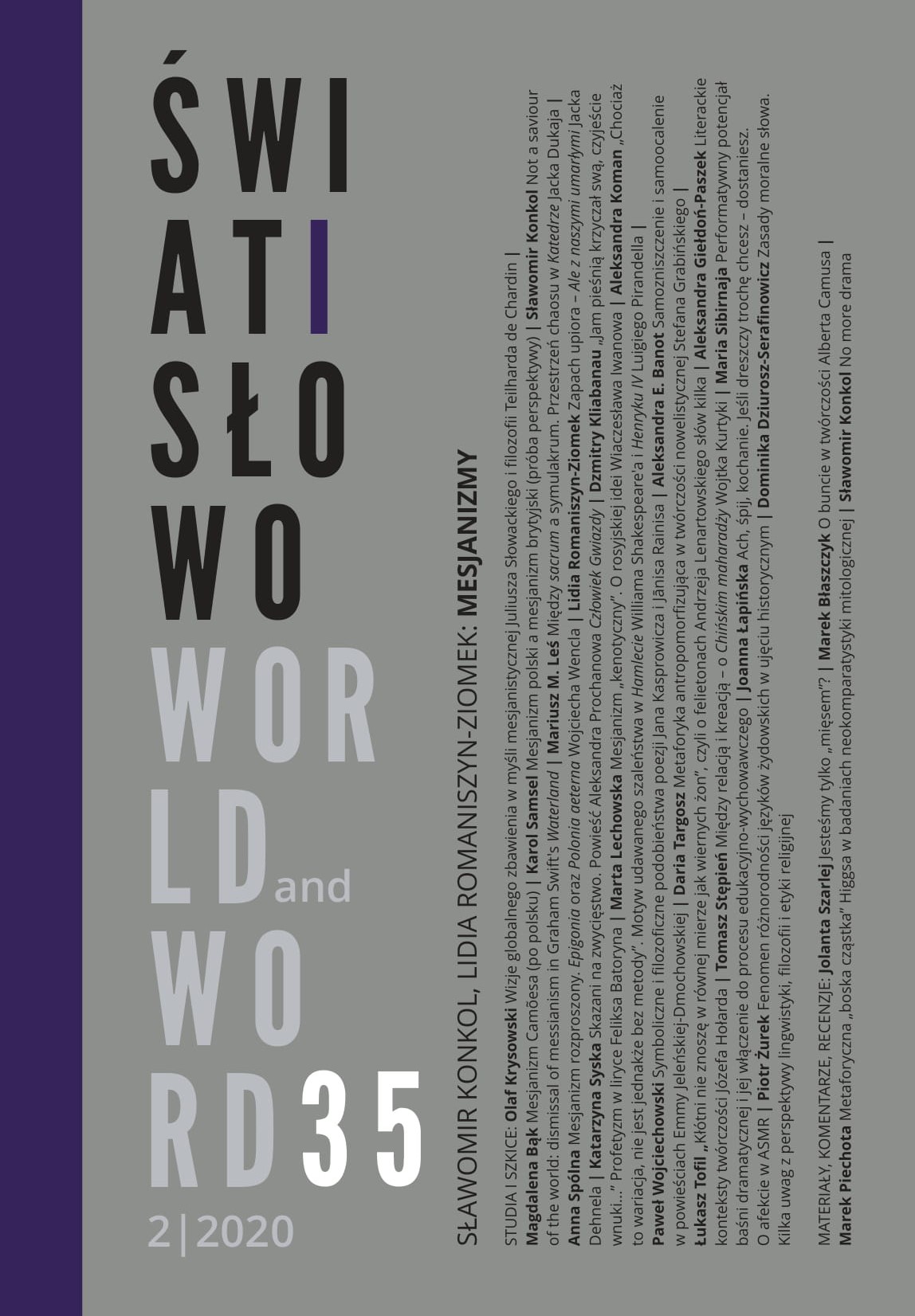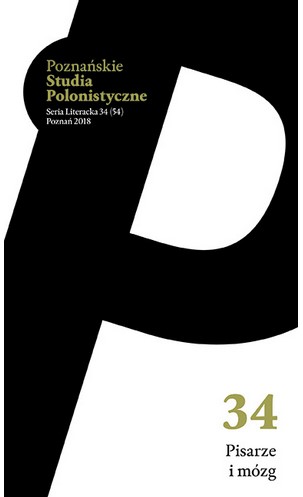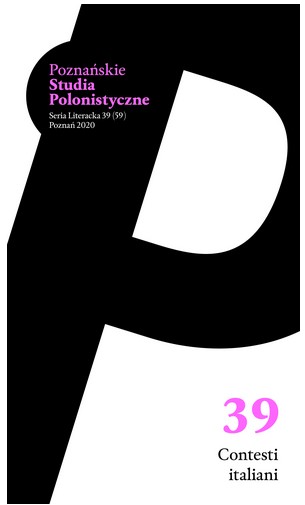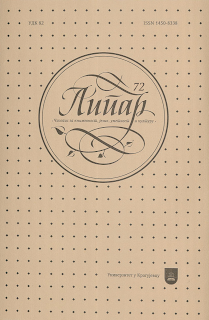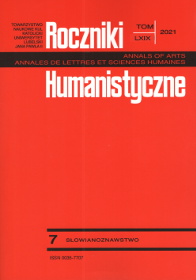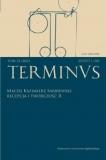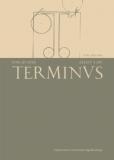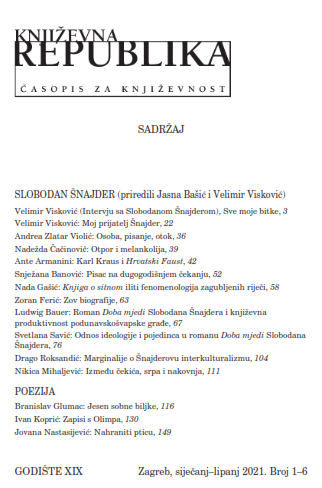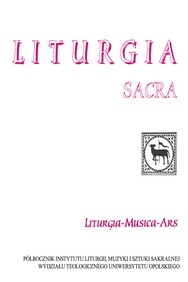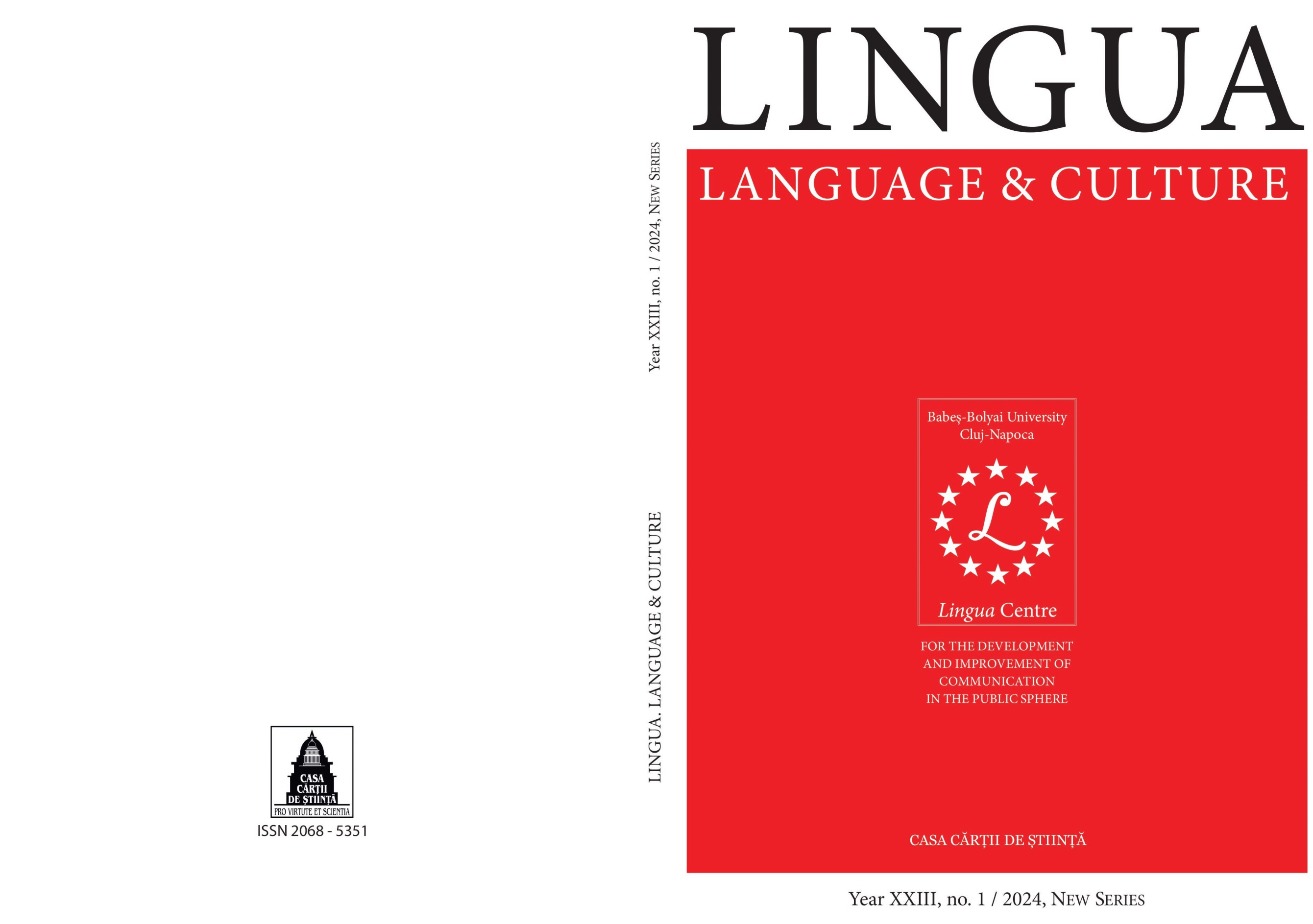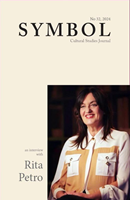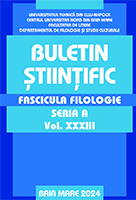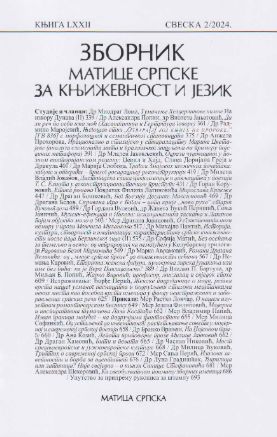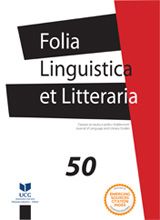Author(s): Mila Samardžić / Language(s): Italian
Issue: 50/2025
Collocations are a particular type of restricted combination of words that are used regularly and which, as such, are more or less predictable. There are various definitions of collocations ranging from broad ones, according to which collocations are frequent co-occurrences of two words in a language (based on frequency criteria, Benson, Benson and Ilson 1986, Sinclair 170), to those more precise (lexical co-occurrences subject to a restriction rule, see Mel'cuk and Wanner 325) and technical that imply combinations of words subject to a lexical restriction (whereby the choice of a specific word – the collocate – to express a specific meaning is conditioned by a second word – the base – to which this meaning is referred; Ježek 178). Considering the different angles and perspectives of approach, it can be deduced that collocations are a lexical phenomenon that is placed between polyrematics, higher lexical units and idiomatic expressions, of which they usually do not share the syntagmatic rigidity, and free lexical combinations, comparing to which have more restrictions. However, regardless of the various definitions, these are combinations of words that exceed the limits of a lexical unit. Collocations are a phenomenon inherent to all languages which however show divergences in the choice of collocates. The interlinguistic perspective leads us to the identification of combinations that vary from one language to another to express the same concepts. For example, the Italian fare una foto is in English to take a picture, while in Serbian napraviti sliku; in Italian fare un caffè is napraviti kafu in Serbian, but also skuvati kafu (literally to cook a coffee); the Italian caffè corretto has no equivalent in English or Serbian. The Italian cambiare canzone has the Serbian equivalent promeniti pesmu, but andare in cantina does not (Serb. spustiti glas): these differences are not unexpected, particularly in the cases of collocations with figurative uses, based on metaphors that can rely on different types of similarities. Benson, Benson and Ilson 1986 distinguish seven different main types of collocations: verb of creation or activation + noun, verb of cancellation + noun, noun + adjective, noun + verb that expresses an action characteristic of the noun, unit of quantification + noun to which the unit refers, adverb + adjective, verb + adverb (Ježek 180). This taxonomy can be perfectly applied to many languages, including Italian and Serbian. Italian collocations containing a verb The most frequent typology distinguishes the following combinations: verb + article + noun (object); verb + noun (partially lexicalized collocations); verb + preposition + noun; (article) + noun + verb. It is the taxonomy also taken up in the compilation of the bilingual Italian-Serbian dictionary of collocations from which were taken the examples analyzed in this work. In the combination of the verb and the noun (object) the verb can be combined with collocates belonging to the same semantic field: accusare il malore, accusare la fatica, accusare il dolore, accusare malessere, accusare nausea; fondare un’associazione, fondare una società, fondare un’impresa, fondare una ditta, fondare un ente, fondare un’azienda, fonare una compagnia, fondare un’organizzazione ecc.; redigere un verbale, redigere un contratto, redigere un documento, redigere uno statuto, redigere il testamento, redigere il bilancio, redigere un’istanza; trasgredire un ordine, trasgredire una norma, trasgredire un regolamento, trasgredire una legge, trasgredire una regola, trasgredire un ordine. On the other hand, some verbal bases have a limited collocational potential and appear in a few combinations: stipulare il contratto, monottongare un dittongo, stazzare una nave, zavorrare un bastimento. The number of this type of collocations is limited due to the narrow semantic availability of verbs which have a sphere of use limited to their primary meaning without further polysemous development. They are mostly used in languages for specific purposes. The middle ground is represented by the combination of the so-called support verbs (which have a generic meaning acting as "support" for the noun, see Cicalese 1999, Ježek 181-183, Salvi 79-82) and the noun: causare un danno, fare un danno, provocare un danno, recare un danno, subire un danno. Support verbs are divided into basic verbs or neutral verbs, such as dare, fare, avere, essere, prendere, and extended verbs, which are semantically more precise and specify the content of the collocation. The use of extended verbs distinguishes formal registers: prendere un farmaco vs. assumere un farmaco; sentire dolori vs. lamentare dolori. Support verb collocations (with neutral verbs) present a lexical restriction activated by the noun: prendere una decisione (vs. *fare una decisione) or fare una scelta (vs. *prendere una scelta). The semantic value of the verb is generic and the meaning of the collocation is expressed by the noun. Therefore the base (the noun) determines the meaning of the collocate (the verb): in the example fare un’obiezione the verb fare takes on the value of avanzare, esprimere, porre, presentare, rivolgere: avanzare un’obiezione, esprimere un’obiezione, porre un’obiezione, presentare un’obiezione, rivolgere un’obiezione; in dare un’occhiata, the verb dare is equivalent to extended verbs gettare, indirizzare, rivolgere, lanciare: gettare un’occhiata, indirizzare un’occhiata, rivolgere un’occhiata, lanciare un’occhiata. In avere la nausea, avere corresponds semantically to verbs sentire e provare: sentire nausea, provare la nausea. Support verb collocations can often be replaced by synonyms with minimal differences in meaning: Sofia aveva timore di uscire = Sofia temeva di uscire; Il presidente ha dato l’annuncio delle proprie dimissioni = Il presidente ha annunciato le proprie dimissioni. It is important to note that, while the support verb can change its meaning depending on the combinations in which it appears, the base (the noun) maintains the meaning it has also in other combinations: in the collocation fare un’obiezione the semantic value of the base is identical to that present in the cases of accettare un’obiezione, formulare un’obiezione, prevenire un’obiezione, respingere un’obiezione, sollevare un’obiezione. Collocations with the verb in most cases do not present syntactic restrictions: stipulare un contratto, stipulare il contratto, stipulare i contratti, stipulare molti contratti, stipulare una serie di contratti, il contratto che abbiamo stipulato, il contratto andrebbe stipulato. However, in rarer cases, syntactic autonomy is reduced and occurs in combinations without an article: fare scalo, prendere forma, avere fame, dare vita, prestare fede, chiedere scusa. The loss of the article is the signal that the verb + noun sequence is in the process of lexicalization (Ježek 187). The absence of the article is in harmony with the loss of the referentiality of the noun (which in this sequence acts as the object of the verb) and its quality of identifying what it refers to: chiedere scusa does not mean asking for a particular apology but rather apologizing in general (scusarsi). However, in the mentioned cases of sequences without articles we cannot yet speak of total lexicalization and even less of the transition from a literal to a metaphorical meaning with the result of the formation of an idiomatic expression. It is true that there is an ongoing loss of referentiality of the noun and the creation of a closer link with the verb with the consequent decrease in syntactic autonomy between the verb and the noun (La scusa che ha chiesto Stefano is not a modification of Stefano ha chiesto scusa because scusa, without an article, is not referential as in trovare una scusa). However, in these sequences we do not yet arrive at meanings that are difficult or not attributable to the value of the base: we always remain in the same semantic field of which the noun belongs.
More...
